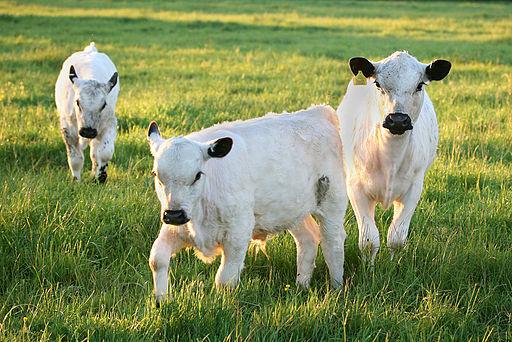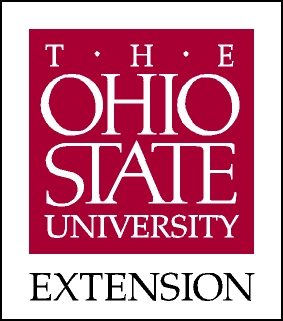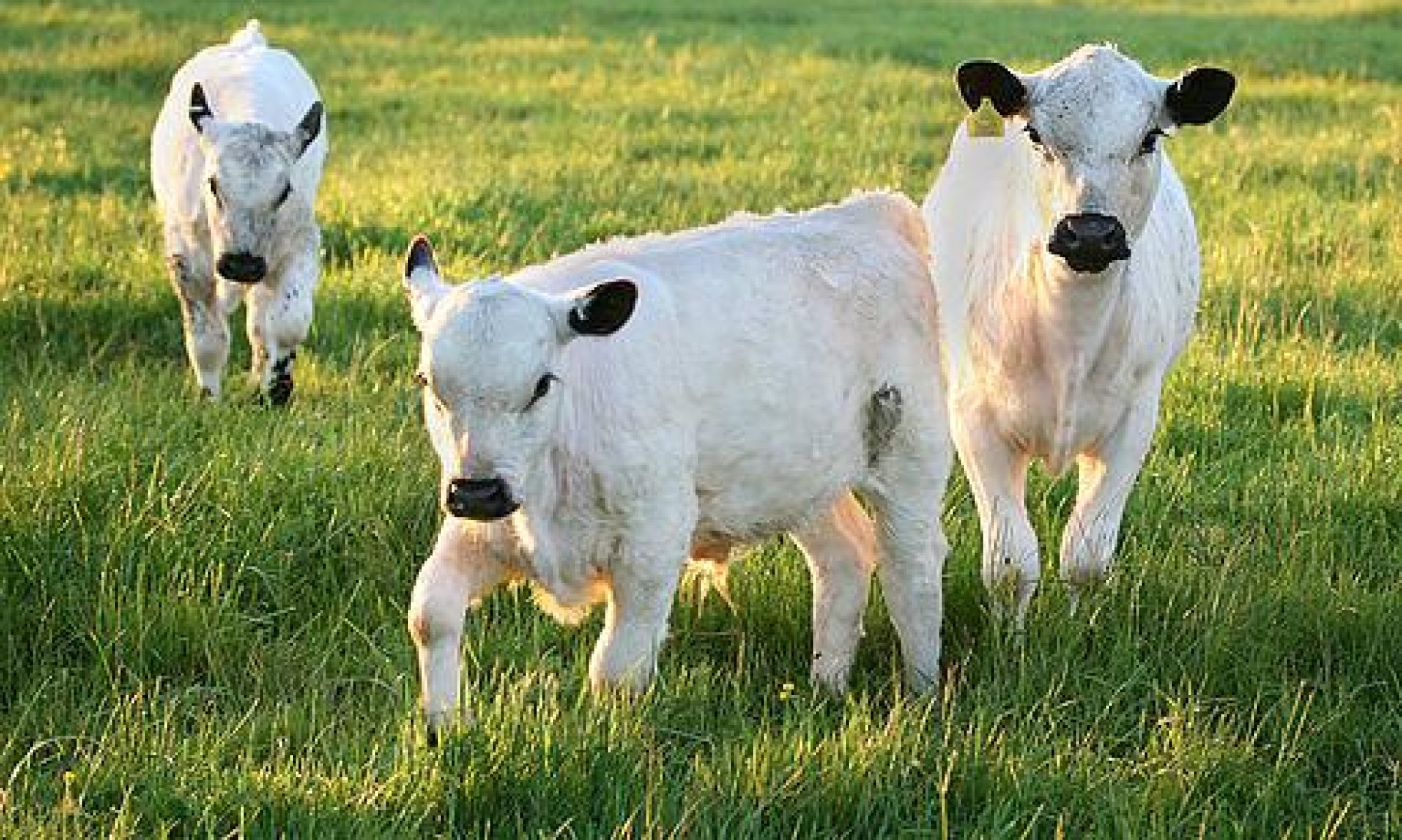
Having bought a calf (or calves) from the sale yard or through a private sale, you need to ensure that you are prepared to care for it and able to provide adequate transport to your property. It is important that you care for the calves and provide a healthy environment for them. This fact sheet provides some basic information regarding your obligations as an owner of the calves.
Key requirements for transporting calves:
· After birth, calves should have a dry hair coat and navel cord before they are transported (see Table 1). They should be able to walk without assistance before transport.
· A livestock trailer or truck is the preferred equipment to use. The size and design of the transport vehicle should be compatible with the size and number of livestock being transported.
· The transport vehicle should be well designed and in good repair to ensure that calves arrive at their destination with no injury and minimized bruising. There should not be any sharp projections that may cause harm to the calf.
· The front of the trailer should be solid to protect calves from the wind. They also need protection from sunlight and excessive heat.
· Some bedding (e.g. straw or dry wood shavings), especially for long transport distances, should be put on the floor of the transport vehicle; this will help absorb urine, reduce slippage by animals, and provide a more comfortable surface should the animal lie down.
· Calves should be transported by the shortest route.
· Transport operators should check calves en route at least once every 3 hours.
· Calves should be transported in separate compartments from other classes of stock, and horned animals should not be grouped with animals that do not have horns.
· Calves should be loaded at a density so as to allow all calves to lie down while being transported.
DO NOT:
· Transport calves in the trunk of a car, sealed container, or anything that restricts airflow.
· Tie the legs of the calves in order to restrain them.
· Overload the transport vehicle – you may need to make two trips or find a bigger transport vehicle.
Speak to a livestock hauler or broker if transportation is required for your new purchase.
Caring for your calves:
Handling and housing facilities:
It is important to make sure you have adequate facilities to unload the calves when you get them to your property. A loading ramp with solid sides is recommended for use of loading and unloading young calves to ensure their safety. A small paddock or pen will be needed to confine the calves for the first few days.
Holding the calves in a small paddock or pen for the first couple of days will help them acclimate to your property; young calves need time to investigate and ease into their new environment. Small paddocks or pens can also be used to isolate the calves from other animals to help prevent the spreading of diseases. This initial step is important for the biosecurity of other animals on your property.
It is very important that the calf’s housing be dry and draft-free. Prior to weaning, it is best to keep the calves penned separately.
After weaning, calves can be grouped together based on age and size.
Calves should be provided natural or constructed shelter for protection against weather extremes. Indoor pens should be bedded to help keep the lying surface dry and comfortable.
Feed and water requirements on arrival:
Young calves will need to be fed milk soon after arrival to your property. The holding paddock or pen must also have a supply of water that is accessible to all animals. Ensure that clean, safe water is always available and offered in ways that minimize contamination by urine, feces, and other materials. The holding paddock or pen is also a good place to introduce your calves to some hay. When you finally introduce your weaned calves to a larger area, it is best to continue giving hay for at least the first 2 days, so that their rumen (stomach) has time to gradually adjust to the pasture or grain fed.
General feeding guidelines:
Clean, fresh water must always be available. Be aware that water consumption will vary with size of the calf and weather conditions. Prior to weaning, calves should be fed whole milk or milk replacer containing at least 20% fat and 20% protein. Calves should be fed daily about 10% of their body weight in milk or follow the guidelines listed on the milk replacer. A calf starter (grain or pellets specifically formulated for calf growth) and water should be offered free choice.
Calves can be weaned when they are eating 1 to 1.5 lb of grain per day for 3 consecutive days. To initiate weaning, reduce the milk in half for one week before ceasing the feeding of milk.
After weaning, calves can be fed only a pelleted calf grower (full feed; do not let them run out of grain) until they are about 300 lb or they can be fed calf grower and hay or pasture. Calves cannot survive on pasture or hay alone until they are over 300 lb.
Table 1. Suggested space allowances (per calf) for transporting and housing calves.a
|
Age (months) |
Weight (lb) |
Transport Space (ft2) |
Housing Space (ft2) b |
|
0-2 |
100 to 190 |
4 |
28 |
|
3-5 |
190 to 350 |
4 |
28 |
|
6-8 |
350 to 500 |
7 |
32 |
a Partially adapted from Dairy Freestall Housing and Equipment, 6th edition, 1997, Midwest Plan service, Ames, IA.
b Regarded as a resting area that is well-bedded and with possible access to an open lot or pasture.
Assessment of the health of the calves:
While the young calves are being held in pens or small paddocks, use this opportunity to assess them daily.
The most important things to look for are:
· Any injuries that might have occurred during transport.
· Lameness or uneven gait.
· Evidence that the calf is sick – lethargy, sunken eyes, drooped ears, panting.
· Consistency of the feces – evidence of diarrhea and/or blood in the feces.
Common health problems and diseases of calves are provided in Table 2.
If you do not have a great amount of previous experience with young cattle, contact your local veterinarian immediately if there are any problems. Please remember that young calves require ongoing supervision and maintenance to stay healthy. Many problems can arise when raising calves, but the risks decrease as the calf matures.
Table 2. Health problems and diseases of calves.
|
Health problems: |
Description: |
|
Diarrhea (Scours) |
Scouring is the most common health problem affecting young cattle and is the result of altered gut function which increases the amount of manure and fluids the calf eliminates. The amount of water passed in a scouring calf can increase to 20 times the normal amount. The most important method of prevention is to provide adequate colostrum in the first few hours after birth. Providing proper housing or shelter from the weather will reduce stress and is very important because stress encourages the development of scours. For treatment of scours, consult with your local veterinarian. |
|
Pneumonia |
Pneumonia (either viral or bacterial) is the second most common health problem affecting young calves, after scours. It may be caused by a number of different things, including poor ventilation, lack of passive immunity from colostrum, dirty stalls or pens, or over-crowding. If infected, a young calf may have difficulty breathing, a runny nose and/or eyes, lethargy, or a fever (usually over 102.5o F). Pneumonia may easily be treated and prevented by isolating sick calves, using proper management techniques, vaccinating young calves, providing good ventilation, and using antibiotics as necessary. |
|
Umbilical infection (Navel ill) |
Navel ill is merely another name for an umbilical infection, which will in turn cause the young calf a great deal of pain. Navel ill may also be caused by a lack of adequate colostrum or antibodies passed from the mother to the calf. To prevent navel ill from occurring, dip the calf’s navel in a 7% iodine solution shortly after birth. For treatment, consult with your local veterinarian. |
|
Clostridial (bacterial) diseases |
Clostridial organisms cause a variety of diseases, including blackleg, pulpy kidney, blacks disease, and tetanus. These organisms are found in the soil, where they are able to survive for an extended period of time. Clostridial diseases are usually fatal. Prevention is easily achieved by vaccinating the cattle. |
|
Liver fluke and worms |
Liver fluke and worms are internal parasites that can cause severe production losses and death in livestock. If young cattle become infested with worms, it may be fatal, although it often results in reduced production. Control of these parasites may be achieved by conducting fecal egg counts and treating the calves with the proper medication as directed by a veterinarian. |
|
Bloat |
Bloat is caused by an increase in gas pressure within the rumen (stomach) as feeds are fermented, often caused by consumption of lush legume pasture. This pressure may cause heart and lung failure, resulting in death. Symptoms include extended upper left side, difficult breathing, kicking at side, and salivation. It can be prevented by limiting the time on pasture, feeding hay before the animal is let out onto pasture, or using a feed additive called polaxalene. |
|
Pink eye |
Pink eye is a bacterial infection with symptoms of watery eye discharge, aversion to sunlight, signs of irritation (e.g., excessive blinking), and swelling of the eyelids. Prevention of pike eye is best achieved by controlling flies on the animals. |
For more information, please contact:
· Maurice Eastridge (614-688-3059; eastridge.1@osu.edu), Steve Boyles (614-292-7669; boyles.4@osu.edu).
· OSU Department of Animal Sciences website: http://ansci.osu.edu.
· Beef Resource Handbook, Bulletin 117R, Ohio State University Extension, Columbus, http://estore.osu-extension.org/
· Dairy Resource Handbook, Bulletin 127R, Ohio State University Extension, Columbus. http://estore.osu-extension.org/
· Penn State University resources on dairy calves: http://www.das.psu.edu/das/dairy/dairy-nutrition/calves
This fact sheet was prepared by: J. Pempek, M. Eastridge, S. Boyles, and N. Botheras. Department of Animal Sciences, The Ohio State University. June 2013.
Information was adapted from: Transport and Care of Cattle, S. Arms and M. Lauber, Dept. of Primary Industries, State of Victoria, Australia. July, 2007. http://www.dpi.vic.gov.au/
OSU Extension embraces human diversity and is committed to ensuring that all educational programs conducted by Ohio State University Extension are available to clientele on a nondiscriminatory basis without regard to race, color, age, gender identity or expression, disability, religion, sexual orientation, national origin, or veteran status.
Keith L. Smith, Associate Vice President for Agricultural Administration and Director, OSU Extension TDD No. 800-589-8292 (Ohio only) or 614-292-1868.


